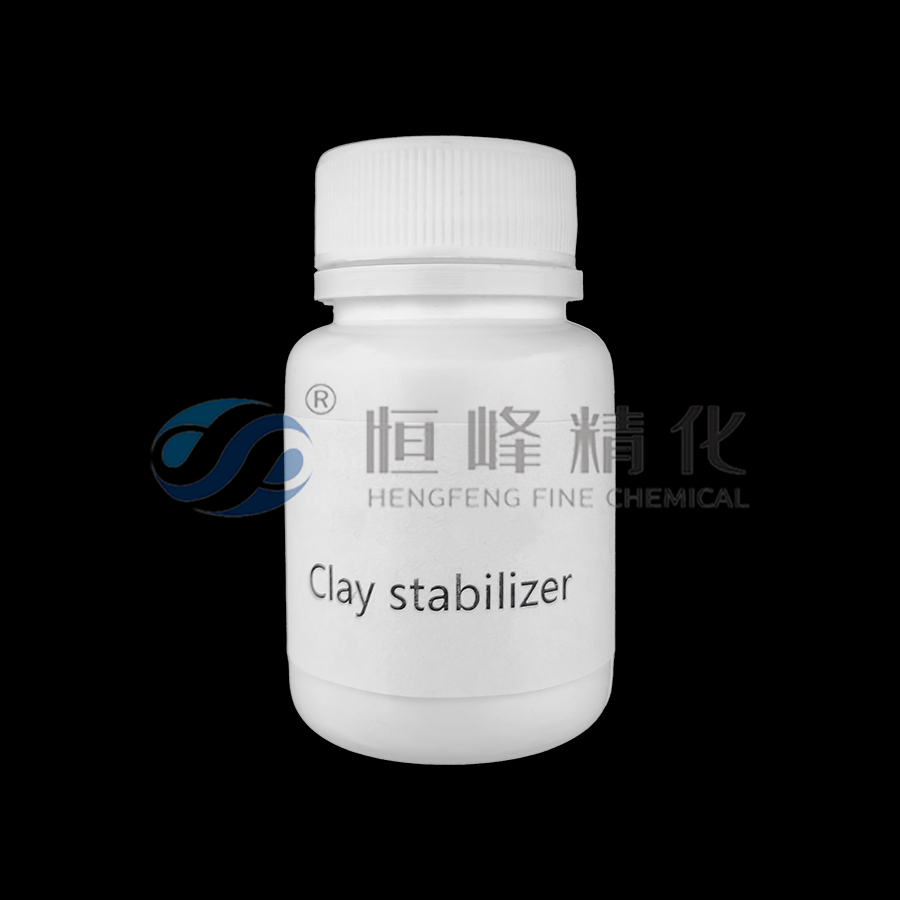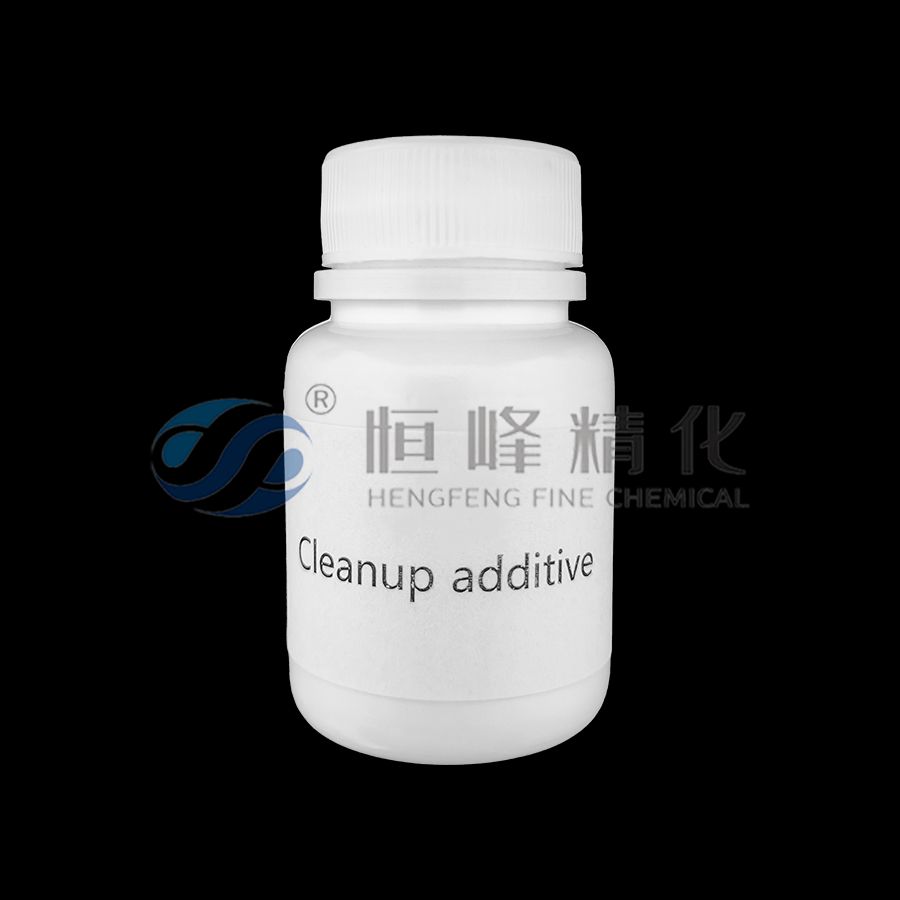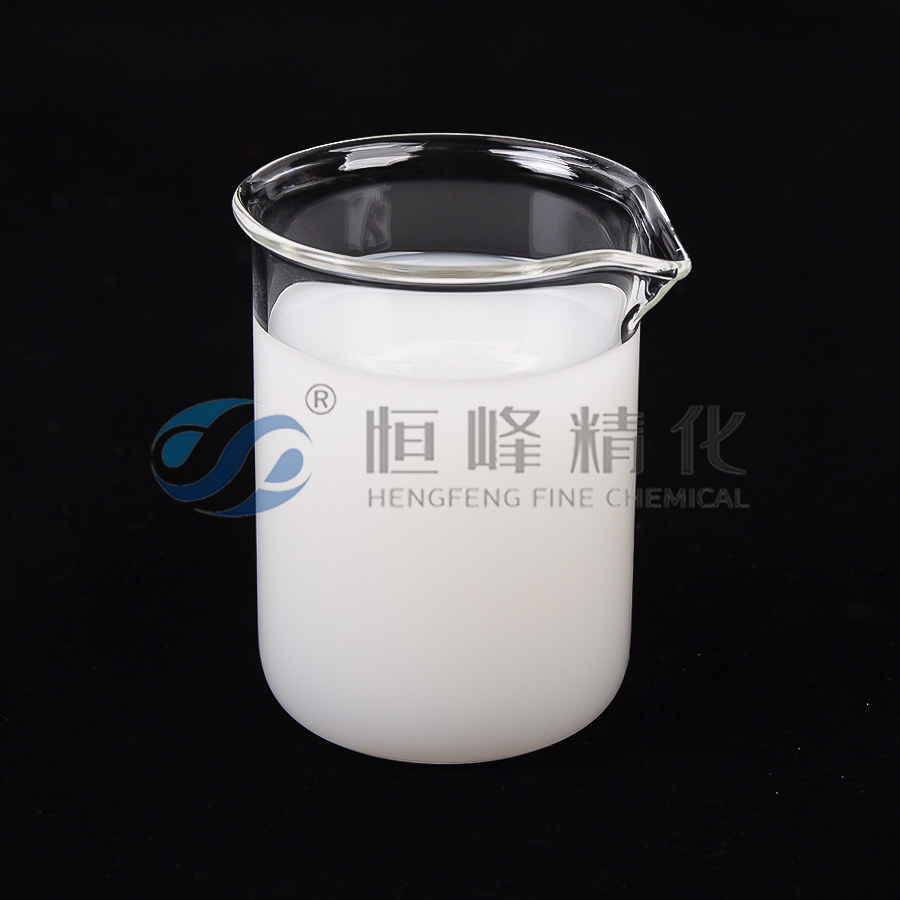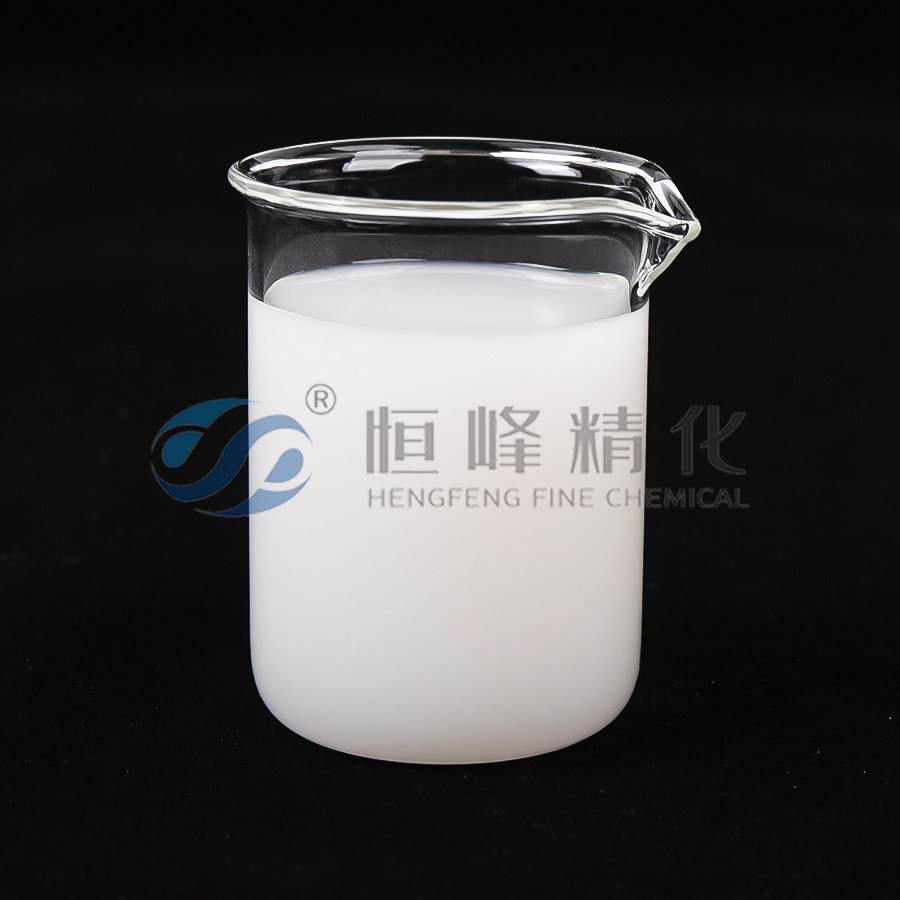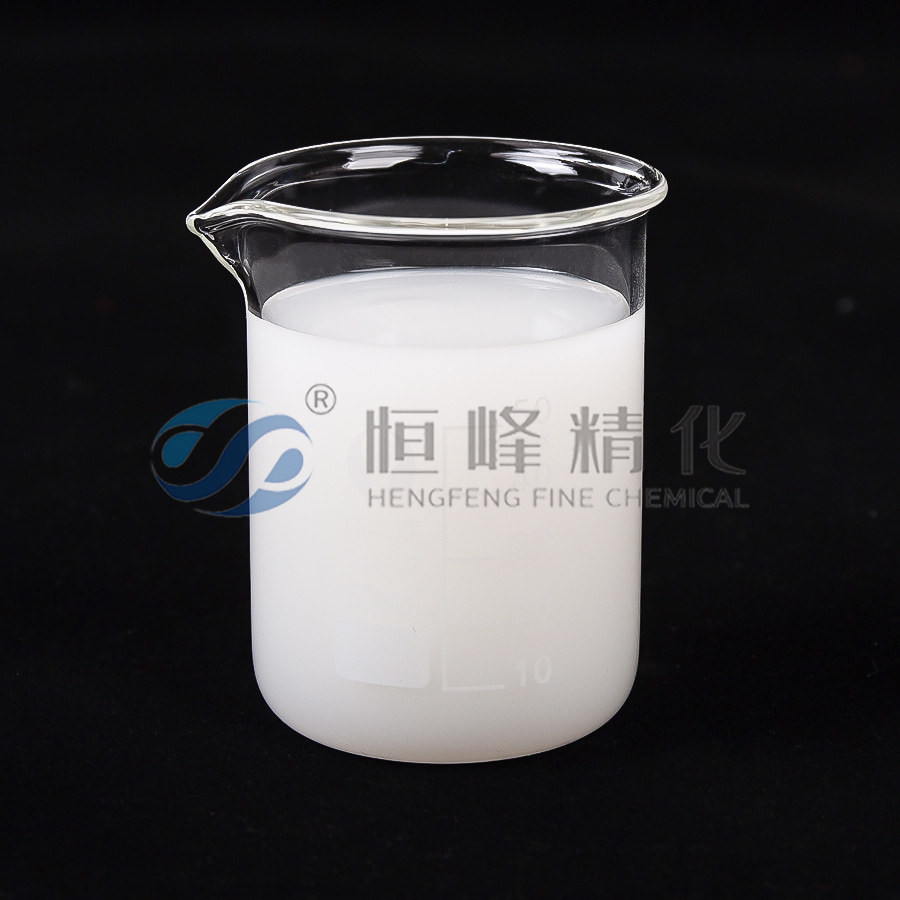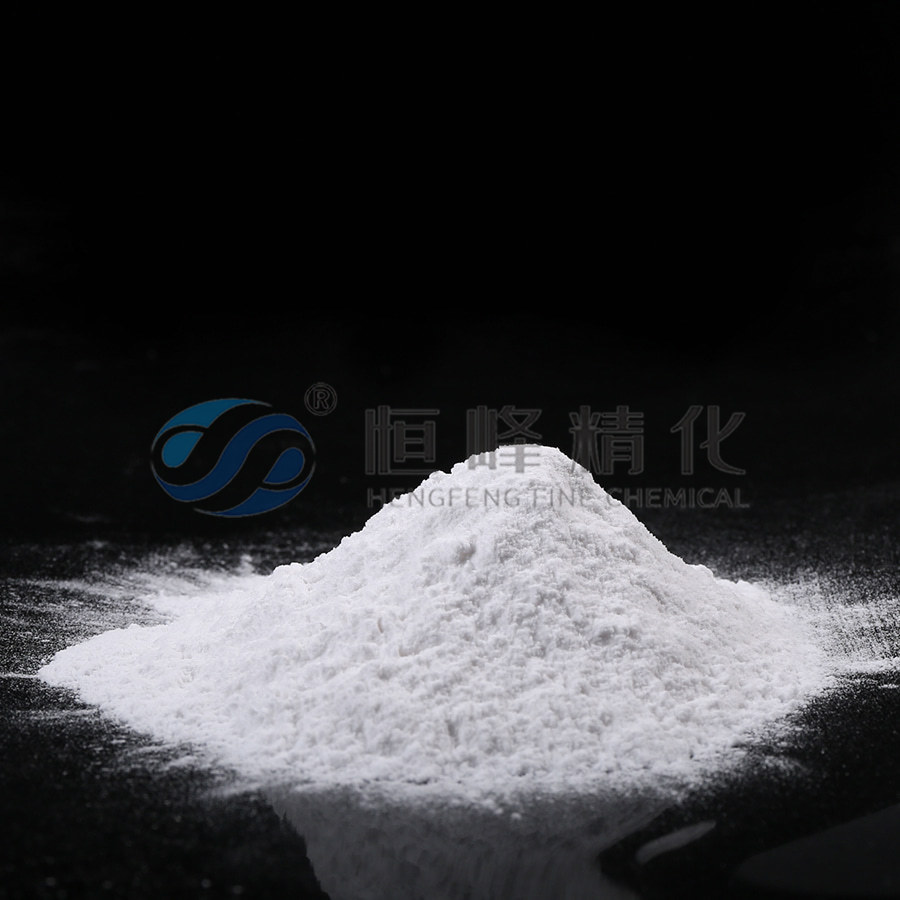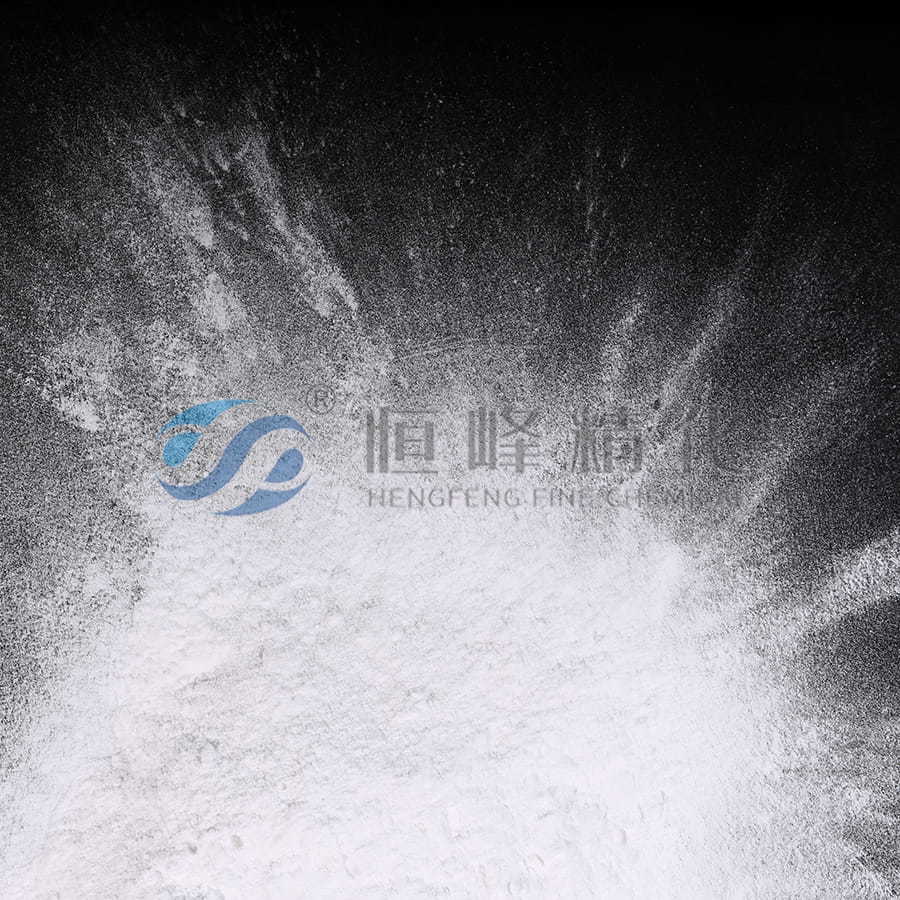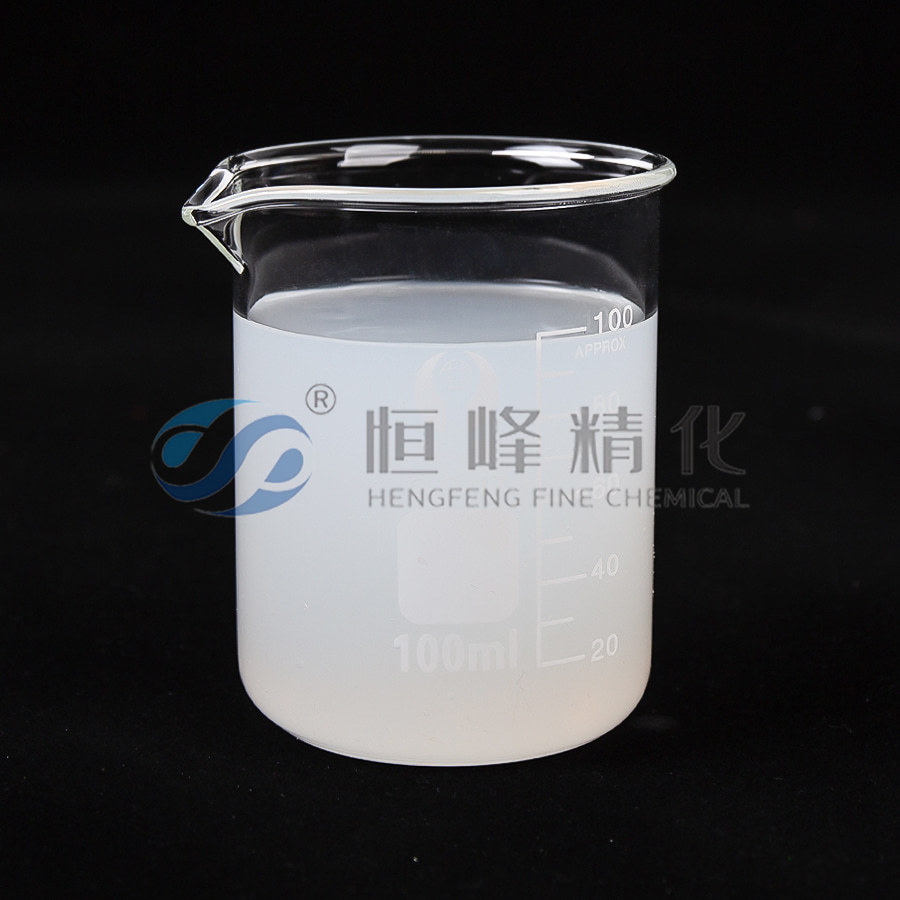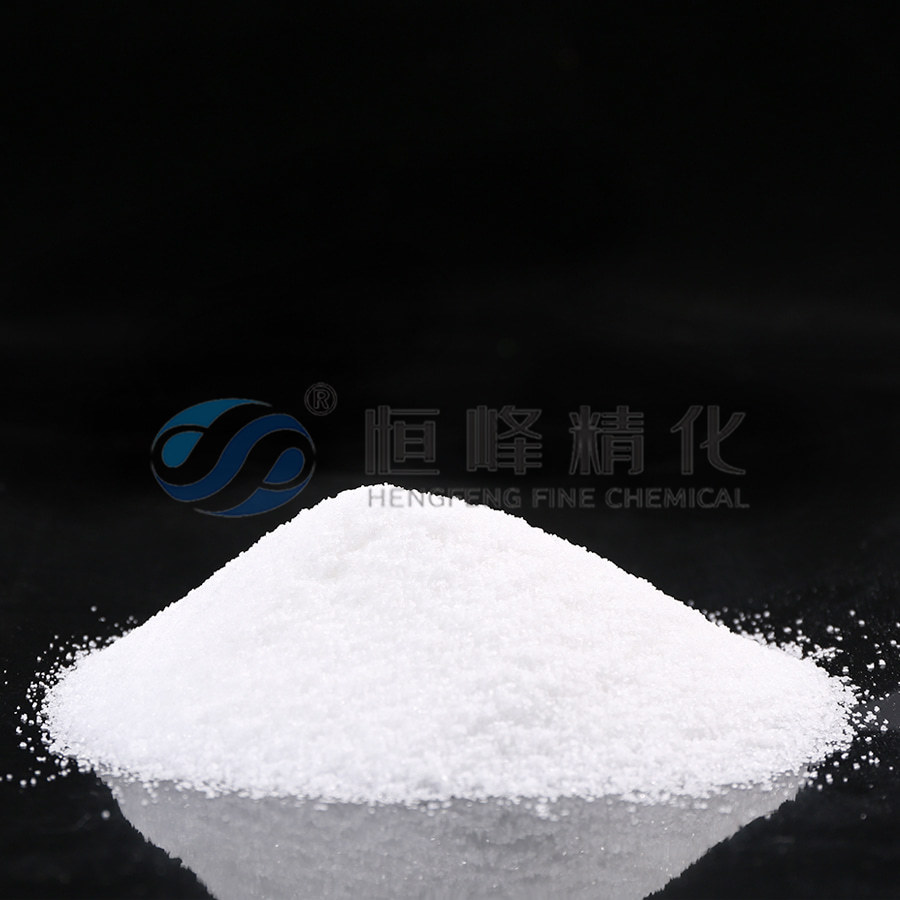How CPAM Powder Improves Industrial and Urban Wastewater Treatment?
Industrial and urban wastewater treatment is essential to manage the growing volume and complexity of wastewater produced by cities and industries. Urban wastewater mainly includes household sewage and stormwater, while industrial wastewater contains various chemicals and solids depending on the production process. Proper treatment prevents pollution, protects public health, and supports water reuse efforts. Advances in treatment technologies, combined with chemical aids like cationic polyacrylamide (CPAM), help improve efficiency and meet stricter environmental standards. Understanding the differences and challenges in treating industrial and urban wastewater is key to developing sustainable water management solutions.
Why Is Proper Wastewater Treatment Essential for Both Industrial and Urban Areas?
Proper wastewater treatment is a vital part of maintaining environmental health and ensuring sustainable development in both industrial and urban settings. While the sources and compositions of wastewater differ between these areas, the need for effective treatment is shared.
In urban environments, wastewater primarily consists of sewage from households, stormwater runoff, and commercial activities. Without adequate treatment, contaminants such as organic matter, nutrients, and pathogens can enter water bodies, posing risks to ecosystems and human health. Additionally, untreated water may affect recreational areas and local economies relying on clean water resources.
Industrial wastewater varies widely depending on the type of manufacturing or processing involved. It can contain heavy metals, oils, chemical compounds, and suspended solids. The complexity of industrial effluents requires tailored treatment solutions to reduce environmental impact and comply with regulations.
Both settings face common challenges, including fluctuating volumes and varying pollutant loads, but industrial wastewater often demands more specialized approaches due to its chemical diversity. Efficient treatment protects waterways from contamination, reduces the burden on natural water sources, and supports water reuse initiatives.
Key Reasons for Proper Wastewater Treatment in Industrial and Urban Areas
| Reason | Urban Wastewater Impact | Industrial Wastewater Impact |
|---|---|---|
| Protecting Public Health | Reduces exposure to pathogens and pollutants | Limits release of hazardous substances |
| Environmental Conservation | Prevents degradation of aquatic ecosystems | Minimizes chemical and heavy metal pollution |
| Regulatory Compliance | Meets discharge standards for cities | Ensures industry adheres to environmental laws |
| Resource Recovery | Enables water reuse in irrigation or cooling | Facilitates reuse and recovery of materials |
| Infrastructure Longevity | Prevents damage to sewer and treatment systems | Avoids costly downtime and maintenance |
Implementing proper wastewater treatment supports urban quality of life and industrial responsibility. It reduces pollution risks, helps conserve water, and aligns with growing regulatory requirements worldwide. Chemicals such as cationic polyacrylamide (CPAM) further aid treatment by improving solid-liquid separation, making processes more efficient and sustainable.
Understanding the importance of managing wastewater in both urban and industrial contexts helps stakeholders make informed decisions about treatment technologies and operational practices.
What is the difference between industrial and municipal wastewater treatment?
Understanding the differences between industrial and municipal wastewater treatment is important for selecting effective treatment methods and ensuring compliance with environmental regulations. While both processes aim to remove pollutants and protect water resources, the nature of the wastewater and treatment approaches vary significantly.
Sources and Composition
Municipal wastewater primarily originates from households, commercial establishments, and urban runoff. It generally contains organic matter, nutrients like nitrogen and phosphorus, suspended solids, and microorganisms. This wastewater tends to have relatively consistent characteristics but can vary due to factors like population density and seasonal rainfall.
Industrial wastewater, on the other hand, comes from manufacturing plants, processing facilities, and other industrial activities. Its composition is highly variable, often including heavy metals, oils, acids, solvents, and other specialized contaminants specific to the industry. The complexity and concentration of pollutants usually require customized treatment strategies.
Treatment Objectives and Processes
Municipal wastewater treatment focuses on reducing organic matter, pathogens, and nutrients to meet discharge standards that protect public health and the environment. Common treatment steps include primary sedimentation, biological treatment such as activated sludge, and tertiary processes for nutrient removal and disinfection.
Industrial wastewater treatment aims not only to meet discharge limits but also to address specific contaminants that may pose higher risks. Depending on the industry, physical, chemical, and biological methods are combined in varying sequences. For example, heavy metals may require chemical precipitation, while organic solvents may need advanced oxidation or adsorption.
Key Differences in Treatment Approaches
| Aspect | Municipal Wastewater Treatment | Industrial Wastewater Treatment |
|---|---|---|
| Wastewater Source | Residential, commercial, stormwater runoff | Factories, processing plants, manufacturing |
| Pollutant Types | Organic matter, nutrients, pathogens | Heavy metals, oils, chemicals, solvents |
| Treatment Complexity | Generally standardized processes | Often requires tailored, site-specific methods |
| Flow Variation | Relatively stable with some seasonal changes | Can vary widely based on production cycles |
| Regulatory Focus | Public health and environmental protection | Compliance with industry-specific standards |
Role of Chemicals in Both Systems
In both municipal and industrial treatment plants, chemicals such as flocculants and coagulants assist in the removal of suspended solids and contaminants. Cationic polyacrylamide (CPAM) is commonly used to improve sludge dewatering and accelerate sedimentation, helping plants operate efficiently.
Properly distinguishing between industrial and municipal wastewater treatment enables more effective design and operation of treatment facilities. Tailored solutions contribute to better environmental outcomes and resource management.
How is wastewater treated in Industrial and urban areas?
Wastewater treatment in both industrial and urban areas involves multiple steps designed to remove contaminants and reduce environmental impact. While some processes overlap, treatment methods are often tailored to the specific characteristics of the wastewater source.
Common Treatment Steps in Urban Wastewater
Urban wastewater treatment typically begins with preliminary treatment, which removes large solids and debris through screening and grit removal. Following this, primary treatment allows heavier solids to settle out in sedimentation tanks.
The next phase, secondary treatment, focuses on breaking down organic matter using biological processes. Microorganisms consume pollutants in activated sludge systems or biofilm reactors, reducing biochemical oxygen demand (BOD) and suspended solids.
Finally, tertiary treatment may be applied to further reduce nutrients like nitrogen and phosphorus and to disinfect the water before discharge or reuse. Techniques can include filtration, chemical precipitation, and ultraviolet (UV) irradiation.
Industrial Wastewater Treatment Practices
Industrial wastewater treatment often requires a customized approach due to the diversity of pollutants. Initial steps commonly include pre-treatment to remove oils, heavy solids, or adjust pH levels. This phase protects downstream equipment and ensures more effective treatment.
Depending on the industrial process, treatment may involve:
-
- Physical methods, such as sedimentation and flotation to separate solids and oils
- Chemical treatments, including coagulation, precipitation, and neutralization to remove specific contaminants
- Biological treatment, which may be adapted to handle organic pollutants, although some industrial wastewaters require limited biological processes due to toxicity
In many cases, industries incorporate advanced treatment technologies like membrane filtration, adsorption, or advanced oxidation to meet strict discharge requirements.
Role of Chemical Aids Across Systems
Chemical additives such as cationic polyacrylamide (CPAM) enhance both urban and industrial treatment. CPAM improves flocculation, helping particles clump together and settle faster, which benefits sedimentation and sludge dewatering stages.
Typical Treatment Steps
| Treatment Stage | Urban Wastewater | Industrial Wastewater |
|---|---|---|
| Preliminary | Screening, grit removal | Screening, oil separation, pH adjustment |
| Primary | Sedimentation | Sedimentation, flotation |
| Secondary | Biological treatment (activated sludge, biofilm) | Biological or chemical treatment depending on wastewater |
| Tertiary | Nutrient removal, disinfection | Advanced treatment methods (membranes, oxidation) |
By tailoring treatment processes to the nature of wastewater, both urban and industrial systems can efficiently reduce pollution and support environmental goals. Integrating chemical aids like CPAM helps optimize these processes, improving overall treatment performance.
Role of Cationic Polyacrylamide (CPAM) in Both Systems
After exploring how wastewater is treated in industrial and urban areas, it is important to understand the role that chemical aids like cationic polyacrylamide (CPAM) play in improving treatment efficiency. CPAM is widely used in both systems to enhance solid-liquid separation and support the overall treatment process.
What is CPAM?
Cationic polyacrylamide is a type of polymer that carries a positive charge. This property allows it to attract and bind negatively charged particles commonly found in wastewater, such as suspended solids and organic matter. By causing these particles to clump together into larger aggregates, CPAM makes it easier to remove solids during sedimentation and filtration steps.
Benefits of CPAM in Wastewater Treatment
| Application Area | Contribution of CPAM |
|---|---|
| Sedimentation | Accelerates settling of suspended solids |
| Flocculation | Forms larger flocs for improved solid removal |
| Sludge Dewatering | Enhances water separation from sludge, reducing volume |
| Turbidity Reduction | Helps clarify treated water before discharge |
In urban wastewater treatment, CPAM is commonly used to improve the performance of primary and secondary clarifiers, as well as in sludge handling facilities. Its ability to reduce sludge volume helps optimize storage and disposal.
In industrial treatment plants, where wastewater can contain various fine solids and complex contaminants, CPAM assists in achieving more effective separation and stabilizing sludge for easier management. Its adaptability makes it suitable for a wide range of industrial processes.
Enhancing Sustainability with CPAM
Using CPAM can contribute to resource-efficient wastewater management. By improving sludge dewatering, treatment plants reduce transportation needs and disposal costs. Furthermore, clearer effluent supports water reuse efforts, which are becoming increasingly important in water-scarce regions.
Why Choose Polyacrylamide Factory?
At Polyacrylamide Factory, we focus on providing reliable and consistent cationic polyacrylamide products that support both industrial and urban wastewater treatment needs. Our formulations are designed to improve treatment efficiency while aligning with environmental regulations and operational requirements.
We work closely with clients to understand their specific wastewater characteristics and recommend suitable CPAM solutions. With attention to quality control and timely delivery, we aim to assist treatment facilities in optimizing their processes and achieving sustainable water management goals.
Partnering with Polyacrylamide Factory means gaining access to professional support and products tailored to help your wastewater treatment perform steadily and responsibly.


 English
English Español
Español عربى
عربى Русский
Русский Tiếng Việt
Tiếng Việt





